Unlocking the Best Blackjack Payouts: A Comprehensive Guide
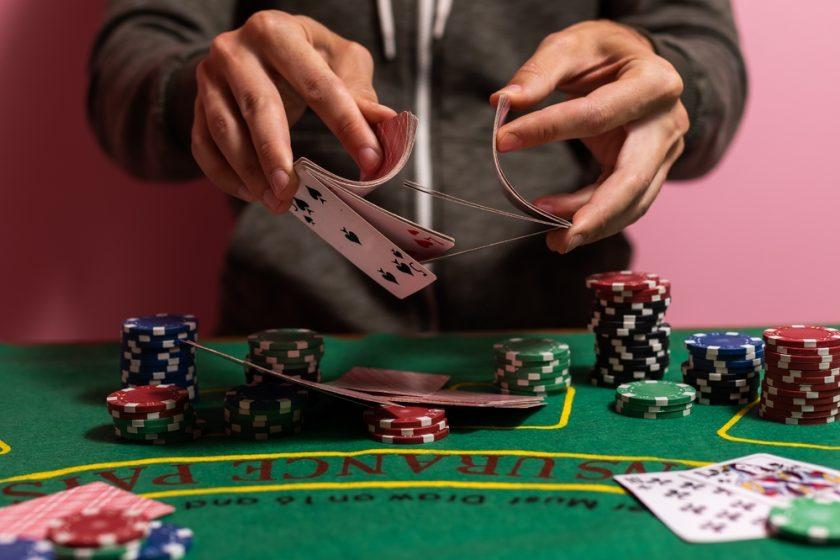
Understanding Blackjack Payouts: The Essentials
When you play blackjack, your winnings are determined by payout ratios that reflect each hand’s outcome. The classic payout for hitting a natural 21-known as a blackjack-is 3:2. For example, a $10 bet would yield a $15 profit. Some casinos, however, offer lower 6:5 payouts for blackjack, which significantly reduces your returns and boosts the house advantage.
Most winning hands outside of a blackjack pay even money (1:1). That means you get back your original bet plus an equal win. To maximize your potential profits, it’s essential to grasp these payout structures and how they impact your choices at the table.
Blackjack remains one of the most rewarding casino games-especially when you choose tables with favorable payouts and apply smart strategies.
Breaking Down Blackjack Payout Structures
Casinos typically display the RTP (Return to Player) for their games-this figure can usually be found in the game’s information section. Blackjack boasts an average RTP of about 99.5%, outperforming many other casino staples such as slots or roulette.
A standard hand win pays at 1:1. If you decide to double down (usually allowed with hands totaling 9, 10, or 11), you can double your wager, but you receive only one more card. Victory with a doubled bet also pays 1:1 on your new stake-if you lose, you forfeit doubled amount.
When you land a blackjack (an ace plus a ten-value card), the payout is commonly 3:2, turning a $2 bet into a $3 win on top of your original wager.
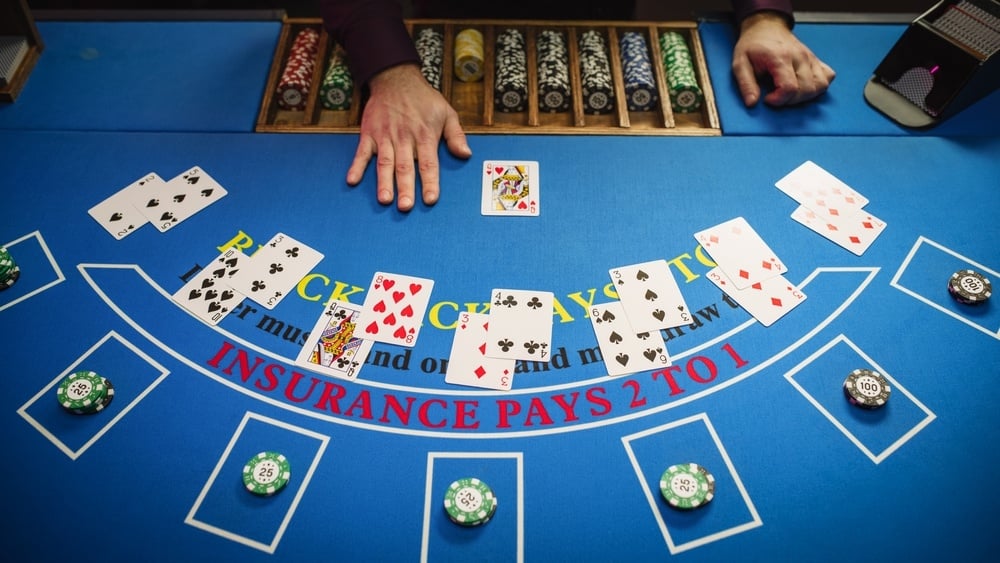
Spotting the Best Blackjack Payouts
Many casinos default to the classic 3:2 blackjack payout, but some quietly use a 6:5 model on select tables. Always check the paytable or game rules before you start. Games paying 6:5 significantly disadvantage the player unless a special bonus or promotion makes up for it-opt for 3:2 tables whenever possible.
How Different Blackjack Variants Affect Payouts
Blackjack comes in several forms, each with its own set of rules and payout implications.
American Blackjack
In American blackjack, the dealer “peeks” for blackjack when showing a ten. If the dealer’s visible card is an ace, insurance is offered-a side bet that pays 2:1 if the dealer holds a ten in the hole. Players can often split identical cards (sometimes up to four hands). This version usually provides a high RTP of about 99.6%.
European Blackjack
European blackjack doesn’t provide a hole card for the dealer, or the dealer doesn’t check for blackjack until after players act-raising the possibility of losing doubled or split bets to a hidden dealer blackjack. The dealer typically stands on soft 17, but players are usually limited to a maximum of two hands after splitting. RTP for European blackjack averages around 99.5%, depending on specifics.
Progressive Blackjack Side Bets
Some tables offer progressive side bets, usually wagering on the first four cards (two yours, two dealer’s). The more aces in those cards, the bigger the win; four aces of the same color nets the jackpot. These side bets generally offer poor RTP, sometimes as low as 45%-unless the jackpot grows very large.
Spanish 21
Spanish 21, or Pontoon, removes all four tens from the deck but otherwise operates with standard blackjack mechanics. This version includes various bonus payouts (e.g., for 6-7-8 or 7-7-7 combinations) and more flexible rules such as doubling down anytime and late surrender. The RTP can range from 99.2% to 99.6%.
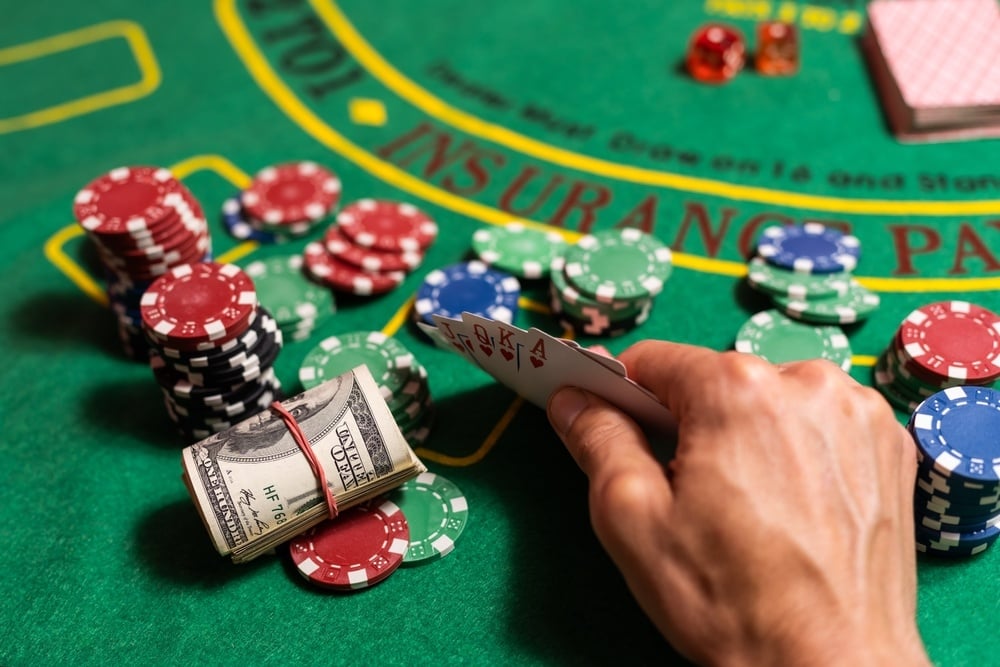
Special Rule Variants: Push 22 and Beyond
In certain blackjack variations, such as Push 22, if the dealer busts with a total of 22, all remaining wagers push (draw) instead of paying out (except on player blackjacks, which still win). This tweak increases the house edge and alters optimal strategy.
Blackjack Switch
Invented by Geoff Hall, Blackjack Switch lets you play two hands and swap the top cards for a strategic edge. However, if the dealer hits 22, all non-busted hands push, except player blackjacks. This game typically has an RTP of about 99.4%.
Free Bet Blackjack
In this variant, also from Geoff Hall, players can double or split for free. However, like in Push 22, a dealer 22 results in pushes rather than dealer busts, except for blackjacks. Its RTP is 98.9%, slightly lower than standard blackjack, though strategic play can sometimes tip the odds.
Power Blackjack
Power Blackjack allows players to double down and swap their drawn card if they wish. Players can also split any two cards and double their bet. But once again, a dealer total of 22 leads to pushes, reducing expected player payouts.
Lightning Blackjack
Lightning Blackjack features multiplier bonuses for hands totaling 18 through blackjack, potentially boosting winnings up to 25 times-with the catch of challenging, unconventional strategy requirements. Ideal RTP can reach 99.2% with flawless play.
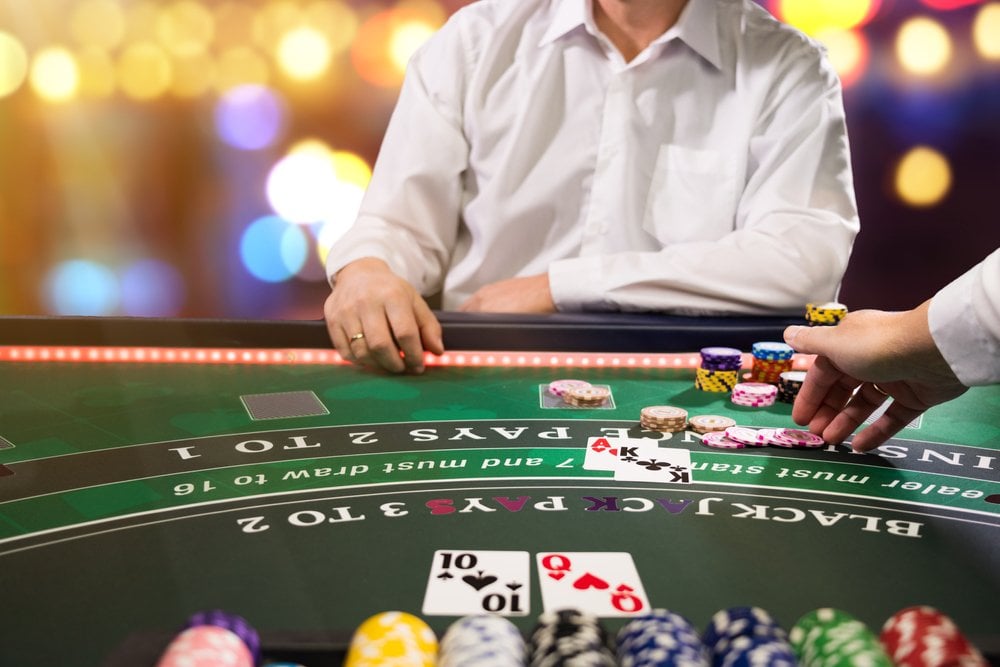
Maximizing Your Returns: Blackjack Strategies and Table Selection
To optimize payouts, consider the type of game and how often you want to play. Single deck multiplayer games sometimes offer an RTP as high as 99.8% with perfect play, though basic strategy usually nets around 99.5%. Most live and virtual games shuffle after every deal, so card counting is unnecessary in these formats.
Strategic Tip: Smart Use of Blackjack Insurance
Insurance becomes available when the dealer shows an ace, letting you bet half your stake on the dealer making blackjack (pays 2:1). Contrary to common advice, insurance can be advantageous in single-deck games-especially if you observe very few tens in play.
How Rule Adjustments Alter Your Blackjack Payouts
Every change to blackjack rules influences your long-term expected payout. Typical rules in online and live-dealer games might include:
- Eight decks in play
- Dealer does not peek for blackjack with a ten showing
- Dealer stands on soft 17
- Only one card allowed on split aces
- No double after splitting
- Doubling allowed on any two cards
- Limit of two split hands
- Six-Card Charlie (automatically wins with six cards without busting)
With these rules, RTP with perfect play stays around 99.5%. Removing Six-Card Charlie lowers RTP to 99.29%. Here’s how deck count influences RTP:
| Number of Decks | RTP Increase |
|---|---|
| Single Deck | +0.51% |
| Double Deck | +0.21% |
| Four Decks | +0.05% |
| Six Decks | +0.02% |
Other rule modifications-with estimated RTP impact-include:
- Late surrender (get back half your stake after dealer checks for blackjack): +0.09%
- Early surrender (surrender even with dealer showing ten/ace): +0.62%
- Single deck games may limit doubling to 9-11 or have dealer hit on soft 17, slightly lowering advantage, but these still provide better RTP than multi-deck games.
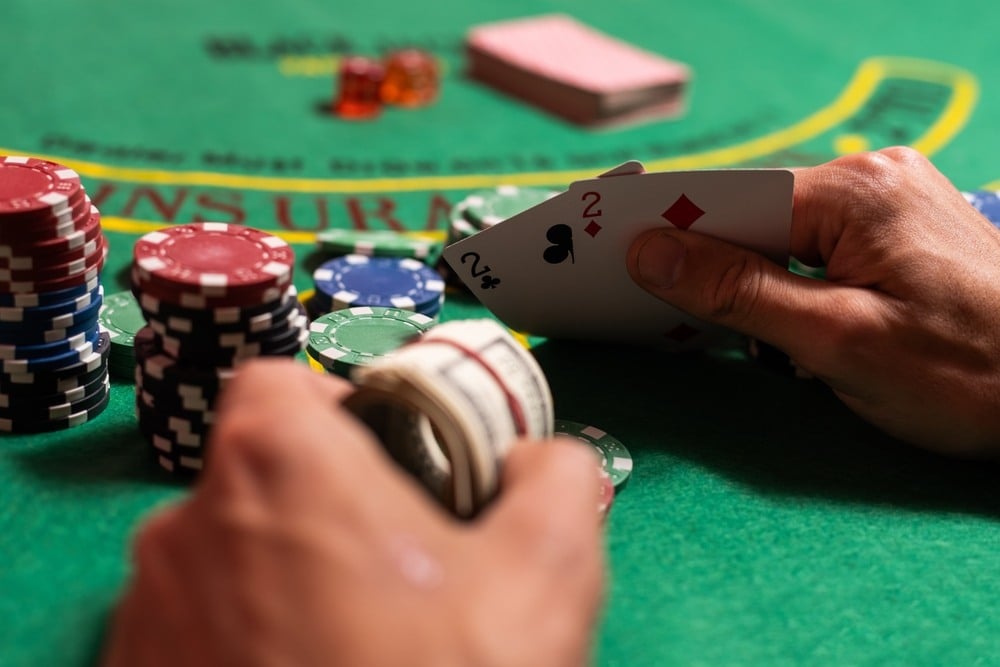
Key Differences in Blackjack Shoe Games
Many blackjack enthusiasts keep a running "hi-lo" count to estimate the number of high and low cards left in the shoe. When the true count (adjusted for decks remaining) exceeds 1, the player gains a potential edge. However, casinos watch for card counters-especially in places such as Las Vegas-and may bar consistent winners.
Unlimited player versions, like One Blackjack, allow sitting out hands, letting you only bet when the count is favorable. When done correctly, this can yield a long-term player edge.
Analyzing Side Bets: Payouts and Odds
Most side bets in blackjack carry a substantial house edge. While payouts can appear tempting, most offer poorer long-term returns-exceptions exist only when certain cards are clustered in the shoe. Here are several common side bets:
Perfect Pairs
Wins on the first two cards being a pair; suited pairs can yield a larger payout. Average RTP hovers around 95.9%.
Hot 3 (or Lucky Lucky)
This bet covers specific totals (19, 20, or 21) among your two cards and the dealer’s up card, with special bonuses for 7-7-7. RTP is approximately 94.6%; Lucky Lucky variant can reach 95.3%.
21+3
A side bet based on making poker hands combining your cards and the dealer’s up card-such as suited trips (pays up to 100:1). The RTP is 96.3%, making it one of the better side bets.
Bust It (Buster)
Pays when the dealer busts, with higher rewards for more cards involved. In extreme cases, payouts can soar to 250:1 or more, but calculating true odds is complex. RTP averages 94.12%.
Crazy Sevens
Bets on seeing as many sevens as possible in your first three cards-three suited sevens can pay up to 2000:1. RTP stands near 94.3%, but advantage is only possible if very few sevens have yet been drawn in the shoe.
Strategies to Maximize Your Blackjack RTP
Choosing the right game is your first strategic decision: Shoe games lend themselves to counting and variable bets, but come with increased volatility. Flat betting in single-deck, continuously shuffled games is the safer route-average RTP can approach 99.8% for skillful players.
Look for tables with classic 3:2 blackjack payouts for the best value. Pay attention to rule variations and side bets, and always play within your means for long-term enjoyment and profitability.













